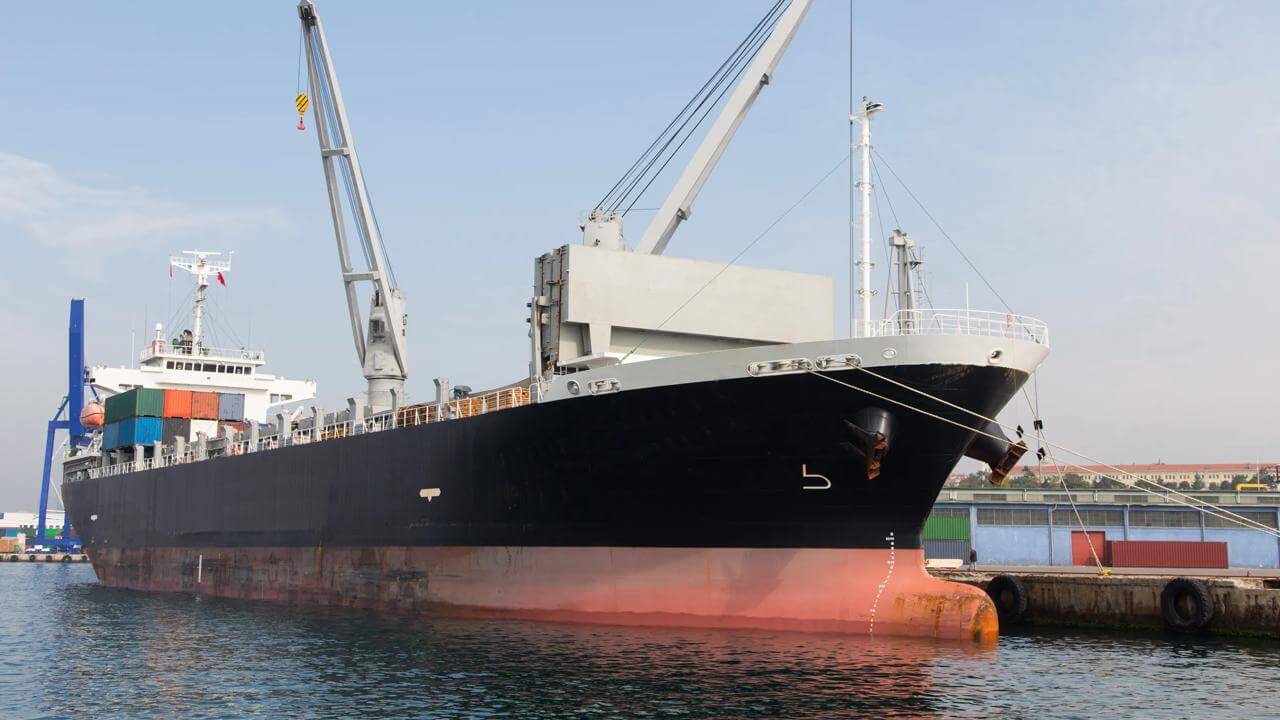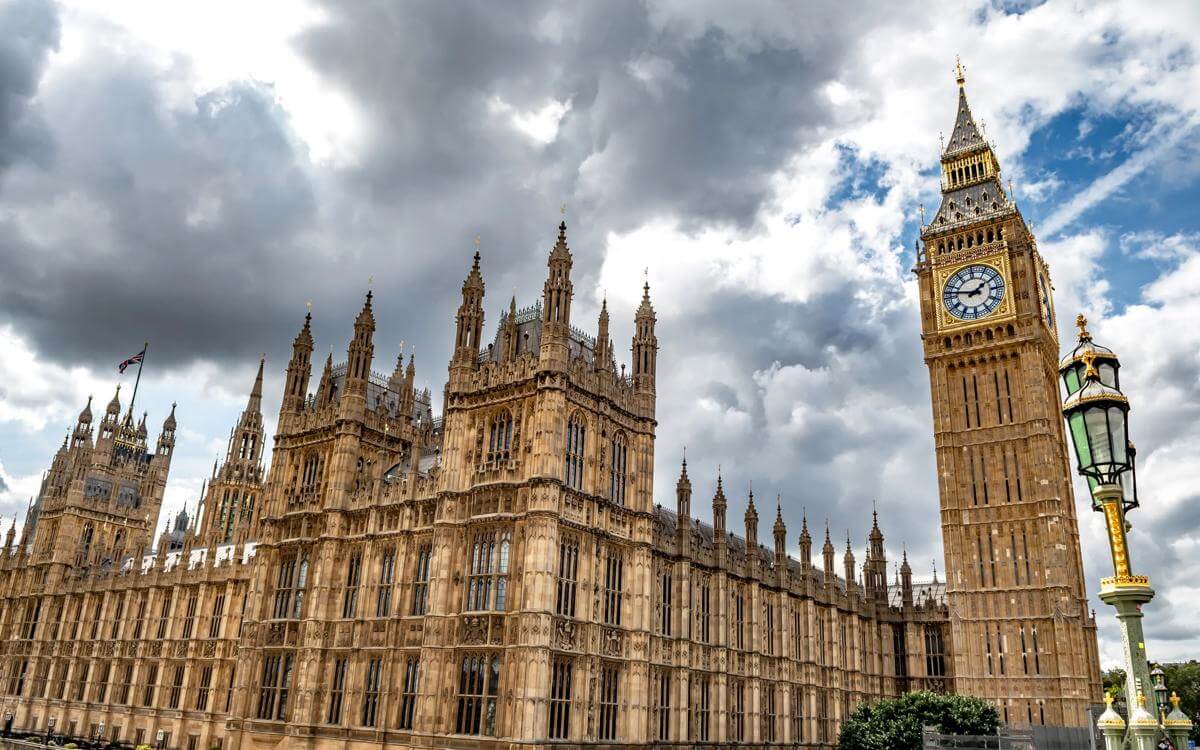The current high levels of inflation are impacting almost everyone. In addition to the impact on household bills, the cost of construction is generally increasing at an even higher rate. Latest figures suggest that the Building Cost Information Service (“BCIS”) Materials Cost Index is forecast to reach 17.5% by the end of this year.
Impact on insurers
One obvious impact on insurers is that losses following damage to buildings are likely to be higher as a direct result of the increase on rebuilding costs.
Additionally, a shortage of labour is likely to result in rebuilding programmes taking longer than planned, potentially resulting in additional insured losses in the form of extra payments for alternative accommodation and other associated losses.
Impact on underinsurance
In addition to the increased cost of remedying covered damage, the rapid increase in rebuilding costs will increase the likelihood of policyholders finding themselves underinsured (in many cases inadvertently). All product manufacturers are under an obligation to ensure their policy wordings are suitable for their intended target market. Product manufacturers may find themselves in breach of product suitability rules if their wordings are such that policyholders are likely to be underinsured against a backdrop of rapidly increasing rebuilding costs.
In light of the above, underwriters should consider the extent of any inflationary protection measures in their wordings (if any) and whether these provide appropriate protection to their policyholders in the current climate.
By way of reminder, common protections against underinsurance include:
- Underinsurance ‘buffers’ – the simplest, and one of the most commonly-used, protections is to apply a buffer of typically 15- 25%, which means average will not be applied if the amount of the underinsurance falls within the buffer. Where a buffer is used, underwriters should consider whether the amount of the buffer is sufficient to take account of the current rate of increase in building costs.
- Automatic increase – rather than applying a buffer, many policies include an automatic increase in the sum insured to take account of inflation. This can be an effective tool to protect policyholders against increases in building costs. However, most policies apply an increase by reference to a specific index, which can result in inadequate protection if the index chosen does not keep pace with building cost increases. For example, policies which provide increases in line with the Retail Prices Index (“RPI”) are still likely to result in underinsurance because building costs are currently increasing much more rapidly than RPI.
- Day one cover – day one cover is similar to 2. above, save that the increase in the sum insured is applied on day one and is made by reference to a set figure, often 20%. For example, if a building has a ‘declared value’ (being the reinstatement cost at the start of the policy) of £1,000,000, the sum insured will be set at £1,200,000. This protects policyholders provided the inflationary uplift is sufficient. Insurers may need to consider whether the rates they use are sufficient in the times we find ourselves in. It is also worth noting that underinsurance on day one cover polices is applied by reference to the declared value, as the uplift is designed to protect against inflation and not valuation issues.
Actions for underwriters
We recommend underwriters review the mechanisms used to protect policyholders against rising rebuilding costs and consider whether they remain suitable for a high-inflation environment.
Contact

Tim Johnson
Partner
tim.johnson@brownejacobson.com
+44 (0)115 976 6557








































